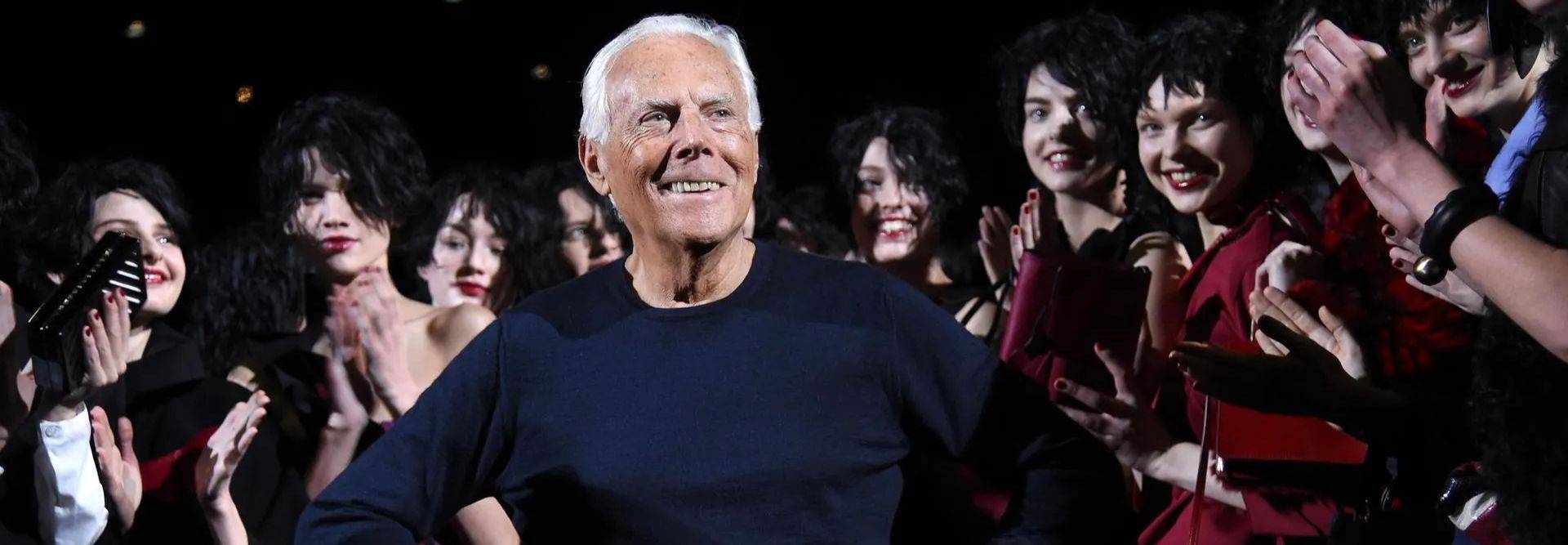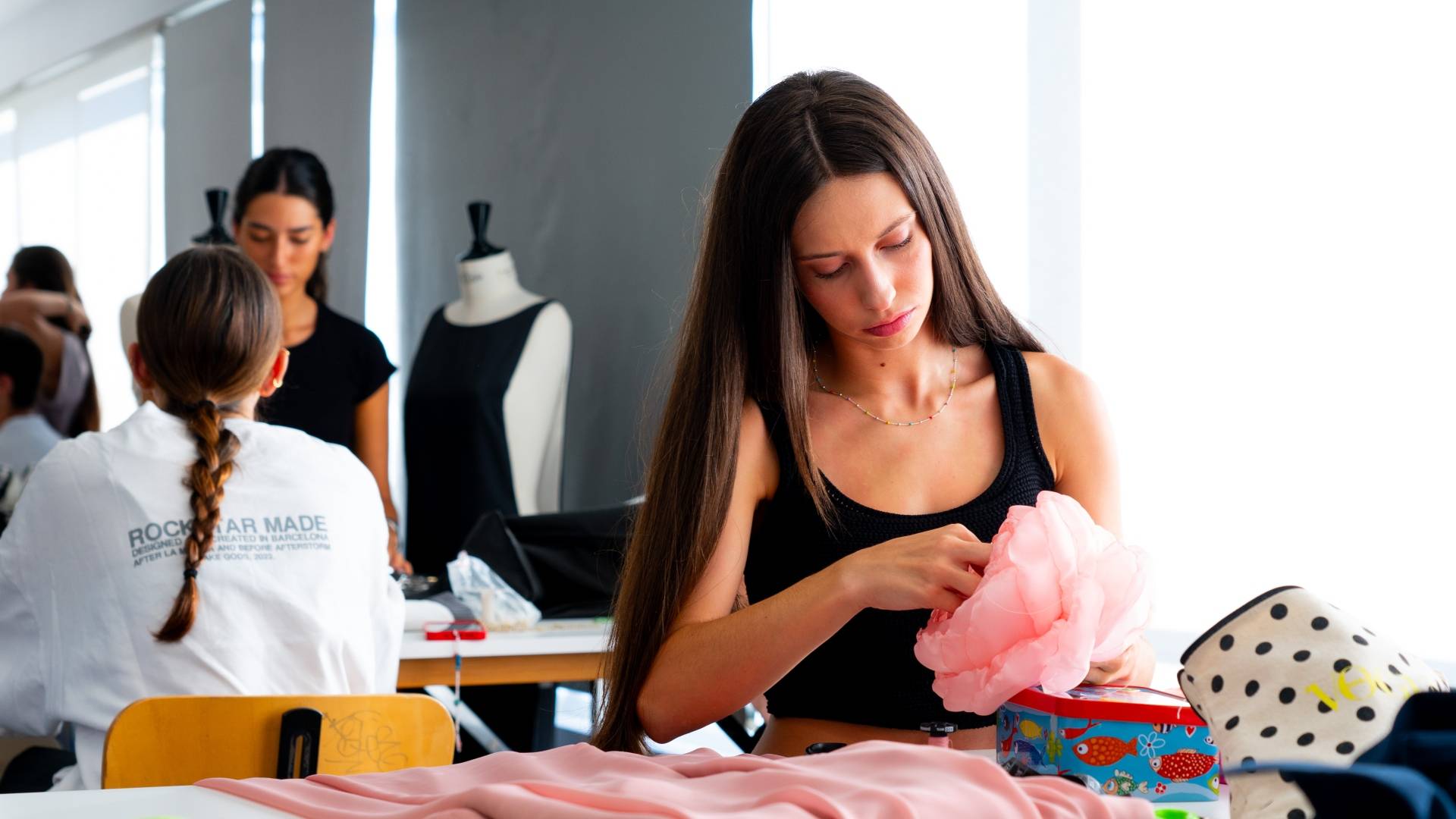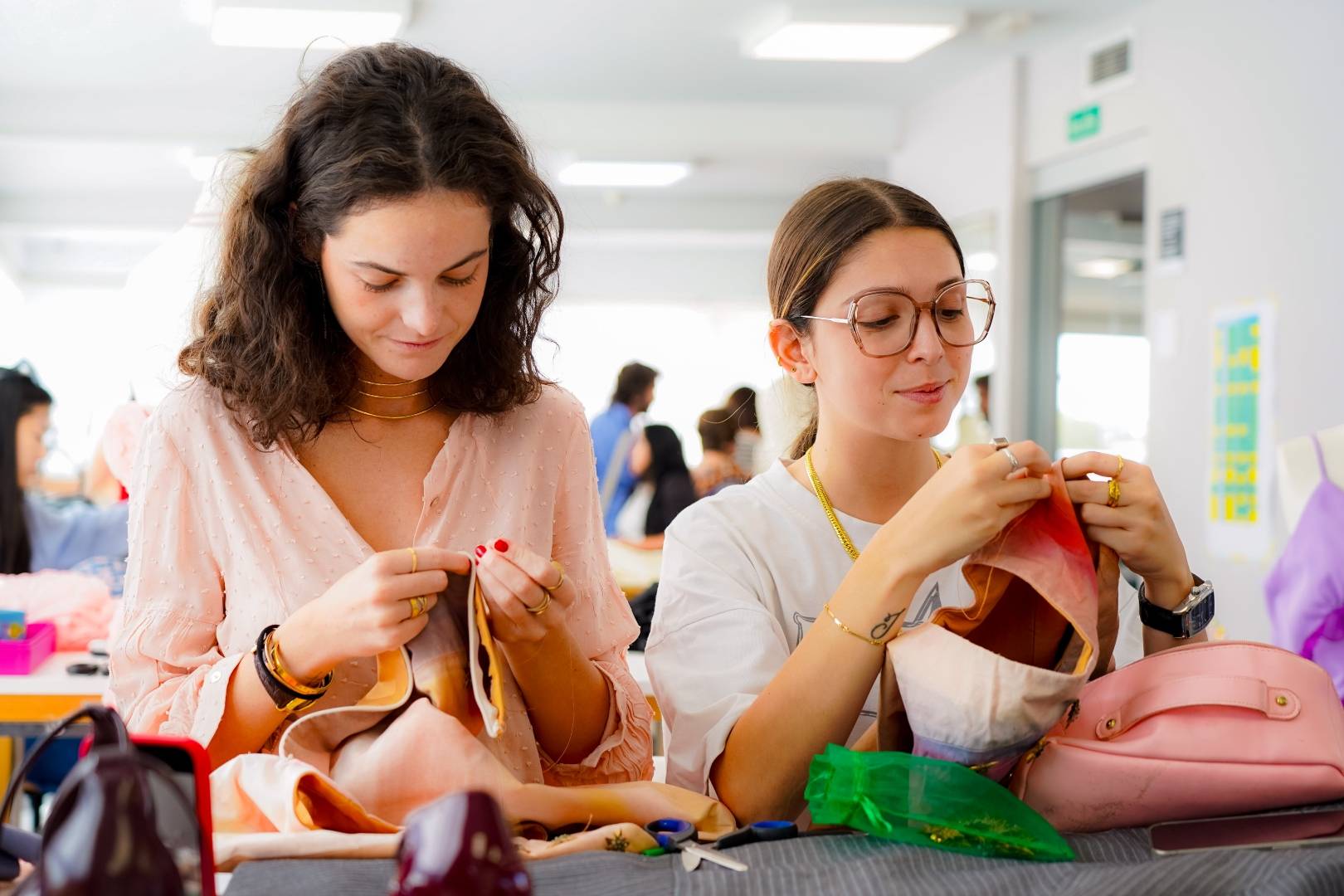What is fast fashion?
The term fast fashion has gained relevance in the contemporary fashion industry, responding to a change in consumption patterns, the demands of immediacy and the need for brands to adapt to a market that demands constant novelty. This concept implies fast production, accelerated design and manufacturing cycles, and, above all, a rapid response to fashion trends. In this article, we explore what Flash Fashion really means, its impact on design and production, and how it differs from other business models such as slow fashion.
Fast fashion: the revolution in the fashion industry
Fast fashion is a business model that accelerates the process of creating, producing and selling garments to the maximum. Unlike traditional fashion, which requires months of planning and production, in fast fashion, designers and brands can respond to trends almost immediately. This is achieved by optimising the design phases and using advanced technologies that allow for agile, low-cost production. Products in this model are launched continuously and with extremely short life cycles, from weeks to days.
4 characteristics of Fast Fashion
Agile and adaptable production: Products are designed, produced and distributed in record time, responding to emerging trends.
Constant novelties: New collections are introduced almost every week, offering consumers a permanent rotation of styles.
Affordable price: Like fast fashion, Flash Fashion is generally characterised by low prices, although in this case with the added bonus of responding quickly to trends.
Variable production scale: Brands can produce a limited run of products and, depending on demand, increase or stop production.
Flash Fashion vs. Fast Fashion
It is common to confuse Flash Fashion with fast fashion, as both share certain objectives of accessibility, affordability and speed of delivery of collections. However, there are key differences between the two:
The first is the frequency of launches, while fast fashion launches seasonal or monthly collections, Flash Moda may launch products weekly or even daily.
Secondly, the volume of production: Flash Moda production quantities are usually smaller than fast fashion, but are quickly adjusted if a product becomes a trend.
Thirdly and lastly, the response time to trends. Fast fashion has an average response time of 2-4 weeks from the identification of a trend until the garment is in shop, whereas in flash fashion this time can be reduced to days.
Technology: The Pillar of Fast Fashion
To sustain the Fast Fashion model, the integration of technology at all stages of the process is essential. Some of the most commonly used tools and technological advances in this model include:
Artificial Intelligence (AI): AI algorithms allow brands to identify buying patterns and analyse social networks to forecast trends, thus optimising designs and the production of pieces that are likely to be well received in the market.
3D Printing: In Flash Fashion, 3D printing enables the creation of prototypes and one-off pieces faster and at lower cost, reducing production times and expanding design creativity.
Augmented Reality (AR) and Virtual Reality (VR): These technologies allow consumers to "try on" garments virtually, speeding up online shopping and adapting the shopping experience to users' demands for immediacy.
Automation and Robotics: The use of automated production systems helps to reduce manufacturing times and human intervention in repetitive tasks, improving efficiency and reducing costs.
Challenges of Fast Fashion
Despite its advantages, Fast Fashion faces certain challenges that brands must carefully manage:
Sustainability: this business model can contribute to problems of overproduction and, consequently, increased textile waste. Many brands applying Fast Fashion have been criticised for not considering the carbon footprint and environmental impact of this accelerated production.
Quality vs. speed: Fast Fashion prioritises speed, which can negatively impact the quality of garments. Consumers may face the frustration of buying products that last less than conventional fashion garments.
Labour ethics: To sustain such rapid production, many brands rely on factories in countries where labour rights may not be sufficiently protected. This has led to criticism of the working conditions in which many of these garments are produced.
Examples of Fast Fashion: Shein and Fashion Nova
Some brands have made Fast Fashion the heart of their business strategy, innovating in the market with rotating collections and constant novelties. Among the most representative examples are:
Shein: This online fashion giant has dominated the Fast Fashion market with a strategy of daily launches. Its success is based on algorithms that analyse trends in real time and a decentralised production that allows it to adjust supply according to demand almost immediately.
Zara: Although Zara is generally associated with fast fashion, in recent years it has implemented Fast Fashion strategies, responding quickly to trends and stocking its shops with new items in a matter of days.
Boohoo and Fashion Nova: Both brands have taken advantage of the Fast Fashion model to adapt to trends set by influencers and celebrities, speeding up response times to offer similar products within days of launch.
Studying Fashion Design at UDIT
In UDIT's Bachelor's Degree in Fashion Design, you will work onall the areas that make up fashion, such as design, cutting, tailoring, pattern making, styling, fabrics and photography, as well asnew production and manufacturing trends and business models in the industry .
https://www.youtube.com/watch?v=JOVIwcZwv0A
UDIT is the benchmark university for higher education in Fashion Design, being the first to offer this University Degree in Spain and the university with the highest number of graduates working in fashion companies around the world.
Javier Polo, UDIT student, exhibits his creations at the Museo del Traje
You will learn and develop your projects in our workshops with state-of-the-art machines and technological equipment. We also bring business into the classroom and collaborate with the best fashion brands that come to our campuses in search of talent.
In your final year you will have the opportunity to show your projects at Mercedes-Benz Fashion Week Madrid. UDIT is the only university that parades in the most important fashion event in our country.
https://www.youtube.com/watch?v=DRD4Fo83kZQhttps://www.youtube.com/watch?
More information
Master's Degree in Fashion Design









